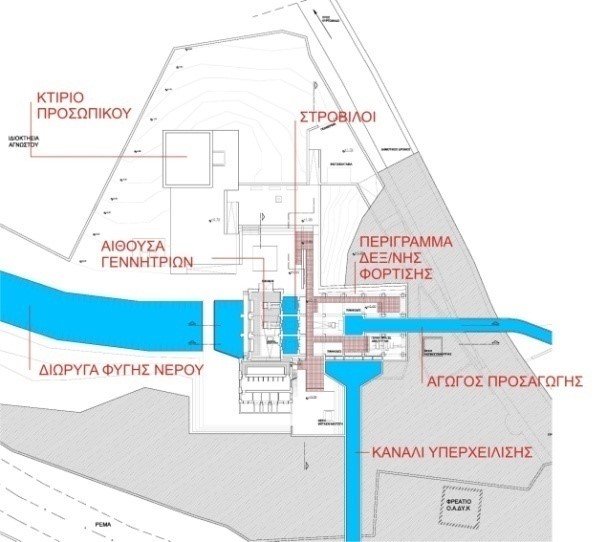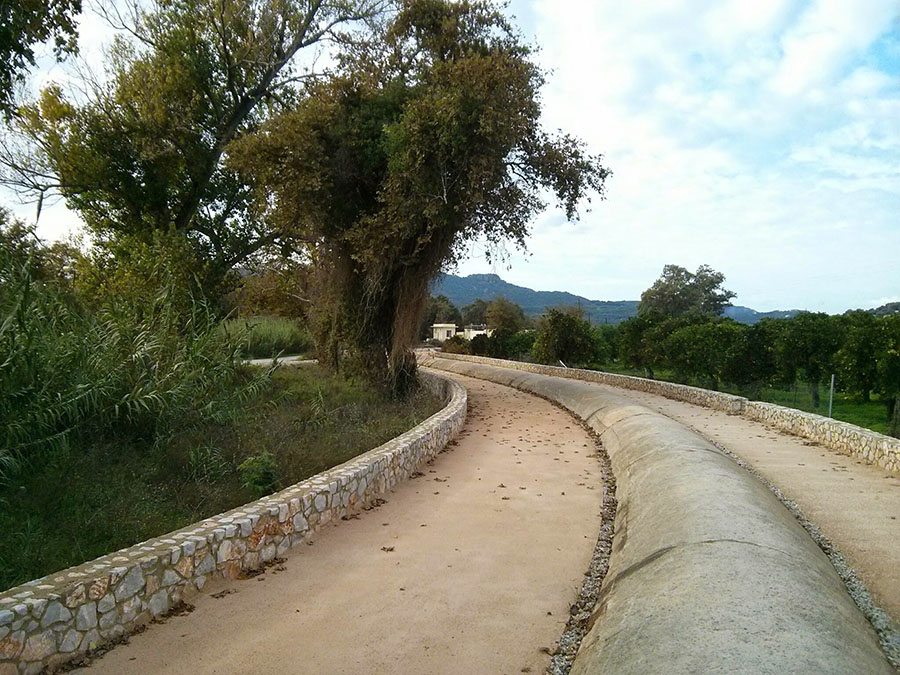
Source: Archive of A. Vazakas – M. Mandalakis

Region of Crete
(Head of Project and funder)
Regional Development Company of Crete S.A.
(Project execution)
Technical Chamber of Greece / Western Crete Section
(Coordinator of Educational activities)
Regional Development Company of Crete S.A.
Εfstratios Flemetakis, President, Regional Councilor of Crete
Maria Petrantonaki, Director, Physicist
Alexandros Vazakas, Architect, Assoc. Prof. School of Architecture, Technical University of Crete
Theocharis Tsoutsos, Chemical Engineer, Prof. Chemical & Environmental Engineering School, Technical University of Crete
Nikos Anastasakis, Physics Prof., Head of E.K.F.E. (Laboratory Center of Physics Science), Chania
Maria Petrantonaki, Physicist, Rep. of Regional Development Company of Crete S.A.
Matthaios Frantzeskakis, President of the Cultural Society of Crete
Panagiotis Bourbourakis, Director of Small Hydroelectric Power Plants P.P.C. Renewables S.A.
Maria Mavroidi, Historian - Industrial Archaeologist, Head of P.P.C. Historical Archives
Alexandros Vazakas, Architect, Assoc. Prof. School of Architecture, Technical University of Crete
Myrto Kontomitaki, Museologist - Art Historian
Nikos Anastasakis, Physics Prof., Head of E.K.F.E. (Laboratory Center of Physics Science), Chania
Michalis Dretakis, Ornithologist, Researcher, Natural History Museum of Crete
Graphic Design: Inglelandi Digital Agency